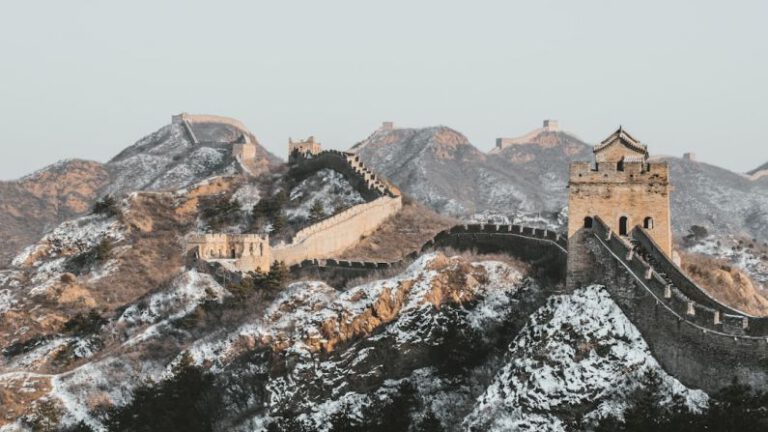Reviving Ancient Waterways: the Qanat Systems of Persia
Nestled within the arid landscapes of Persia, the Qanat systems stand as a testament to ancient ingenuity and sustainable water management practices. These underground aqueducts, dating back over 3,000 years, have played a crucial role in providing water for agriculture, urban settlements, and gardens in regions where water scarcity is a constant challenge. Reviving these ancient waterways not only offers a glimpse into the rich history of Persian civilization but also presents a sustainable solution to modern water management issues.
### The Origins of Qanat Systems
The Qanat systems, also known as “kariz” in Persian, were developed by ancient engineers to tap into underground water sources and transport it over long distances to the surface. The origins of these underground aqueducts can be traced back to the Achaemenid Empire, where they were first utilized to support the burgeoning agricultural sector and urban development. The ingenious design of Qanats allowed for the efficient distribution of water across vast territories, enabling the growth of lush gardens and sustaining human settlements in the midst of harsh desert environments.
### Sustainable Water Management
One of the key features of the Qanat systems is their sustainability and efficiency in water management. Unlike surface canals, which are prone to water loss through evaporation and seepage, Qanats are underground structures that minimize water wastage and ensure a more reliable water supply. By tapping into groundwater sources and utilizing gravity to transport water, Qanats have been able to provide a continuous and sustainable water supply to communities for centuries.
### Modern Challenges and Revival Efforts
Despite their historical significance, many Qanat systems have fallen into disrepair over the years due to neglect and the adoption of modern water management techniques. As a result, many communities that once relied on these ancient aqueducts are now facing water scarcity issues. In recent years, there has been a growing interest in reviving and restoring the Qanat systems as a sustainable solution to modern water challenges.
### Reviving Ancient Waterways
Efforts to revive the Qanat systems involve a combination of traditional knowledge and modern technology. By conducting surveys to identify existing Qanats, mapping out water sources, and implementing maintenance and restoration measures, communities are working towards revitalizing these ancient waterways. In some regions, Qanats are being integrated into modern water management systems, combining traditional practices with contemporary approaches to ensure a reliable water supply for agricultural and urban needs.
### Cultural and Environmental Significance
The revival of Qanat systems goes beyond just water management; it is also a way to preserve the cultural heritage and environmental sustainability of the regions where these aqueducts are found. Qanats are not only engineering marvels but also symbols of the ingenuity and resourcefulness of ancient civilizations. By reviving these ancient waterways, communities are not only addressing water scarcity issues but also reconnecting with their cultural roots and preserving a valuable legacy for future generations.
### Looking Towards the Future
As the world grapples with increasing water scarcity and climate change, the revival of ancient water management systems like the Qanat offers a beacon of hope for sustainable solutions. By harnessing the knowledge and techniques of the past, communities can adapt to the challenges of the present and ensure a more resilient future for generations to come. The revival of Qanat systems in Persia serves as a reminder of the enduring legacy of ancient waterways and the potential they hold for shaping a more sustainable world.






